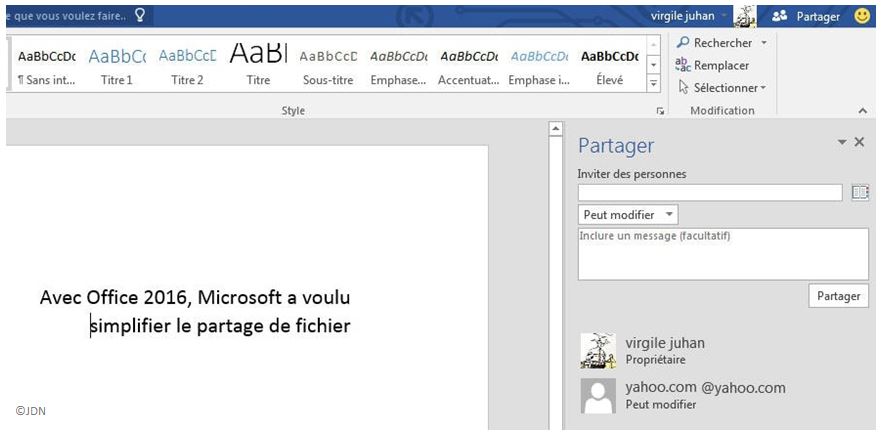If you have trouble working as a team, you can’t really blame the tools anymore, because Microsoft, Google, or even Dropbox and Box, keep creating collaborative functionalities.

Microsoft Teams: a wealth of collaborative tools for Office365
Microsoft Teams is designed to facilitate and optimise exchanges between employees. Platform, application, massive SaaS, call it what you want, but it’s about collaboration using tools which are integrated in the same place. To be eligible, you need a Business subscription which is provided by your company. There is also a mobile version of the app, available on Windows Phone, Android, and iOS. Microsoft Teams is still in beta phase but will be officially released by the end of the first quarter of 2017.
What’s new about Teams? Communicate and share: two generic terms which sum up Microsoft Teams, and yet are not enough because it’s not just another collaborative solution, but a real applicative ecosystem which helps:
- Create ‘channels’ or theme-based threads dedicated to a project and/or a team.
- Customise the dashboard with the contents and functionalities regularly used by the team, which can be organised in tabs.
- Access communications history, and useful tools and contacts.
- Use new Microsoft software, directly on Teams. This platform actually includes SharePoint, OneNote, the Exchange mailbox and the OneDrive storage service. Skype Enterprise is also available on Teams.
- Work directly in Teams on Office documents: Word, Excel, PowerPoint or data processed by Power BI, Microsoft’s decision-making tool.
- Integrate third-party applications and bots to the dashboard.
Microsoft Office 2016 is also improving
If you’re not one of the early adopters of the Office 2016 suite, which was released in mid-2015, here are the functionalities for collaborative work that could convince you:
- Real-time co-editing for Word, PowerPoint and OneNote
- Integration of Skype for Business to discuss changes together
- File-sharing function from the software’s interface (figure below) with Live, Hotmail and Outlook accounts
On Outlook, creating ‘party’ workspaces and sending links from the OneDrive cloud storage space instead of attachments (Word, PowerPoint, and OneNote) to secure exchanges.

Google Agenda becomes smarter
 The Agenda app, available on Android now has the ‘Find a Time’ feature to find a time-slot when all participants are available, while taking time zones into account. If the tool doesn’t manage to find a joint time slot, it suggests the cancellation of certain appointments, but the final decision is still the user’s.
The Agenda app, available on Android now has the ‘Find a Time’ feature to find a time-slot when all participants are available, while taking time zones into account. If the tool doesn’t manage to find a joint time slot, it suggests the cancellation of certain appointments, but the final decision is still the user’s.
DropBox : gestion de tâches et synchronisation de fichiers
A step forward for the cloud storage service’s environment, Dropbox Paper is out of the beta phase and is marketed as a collaborative workspace to coordinate work groups around content sharing, task planning and allocation, and calendar syncing with Google Agenda.
Smart Sync is also one of Dropbox’s new features. It provides the user with the freedom to sync their shared documents, either locally on their desktop or directly from the cloud, without overloading the hard drive, or both, depending on the files. Smart Sync is available on PC (Windows 7 or above) and macOS, but only for Business subscribers.
Notes: an enhanced workspace for Box users
The cloud storage service has also improved its real-time collaborative space, which is available on PC and Mac. Notre helps employees share ideas, files, and meeting reports, and allocate tasks. Each participant receives notifications in case of changes.















